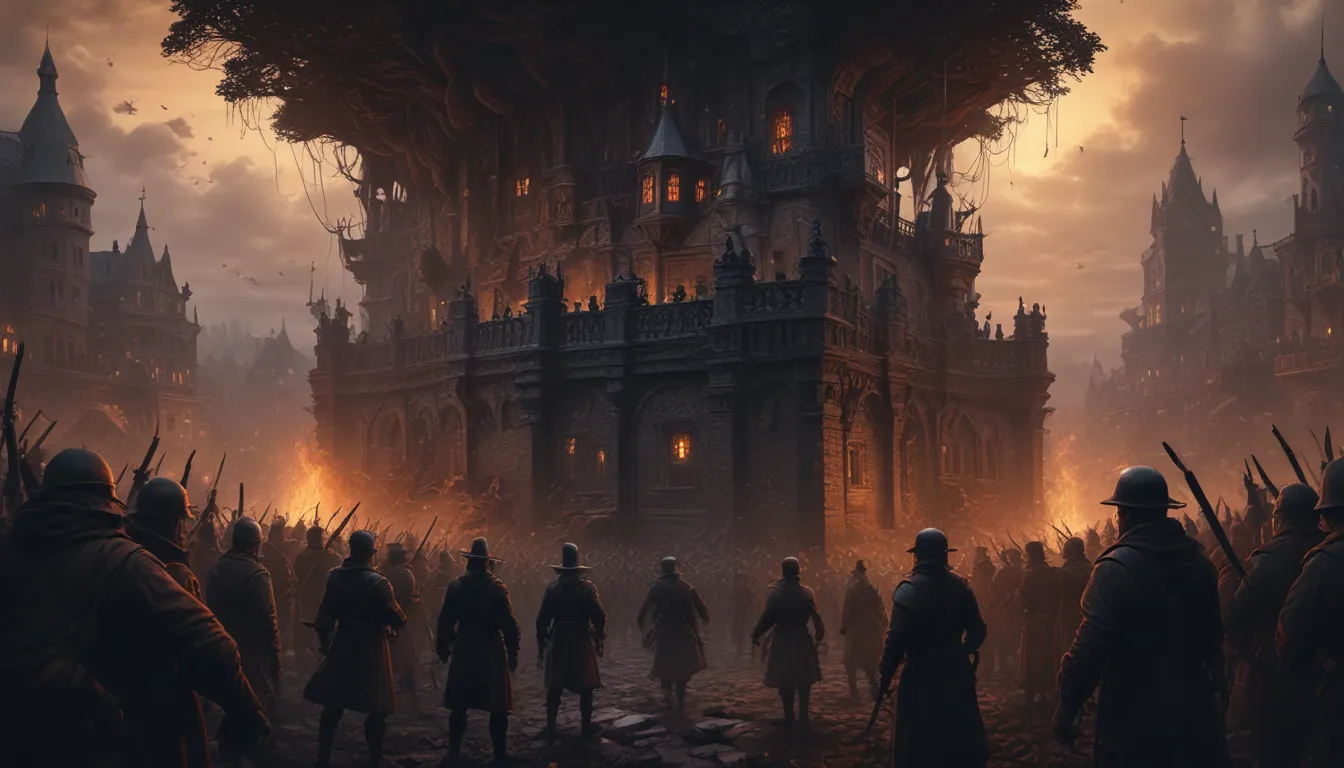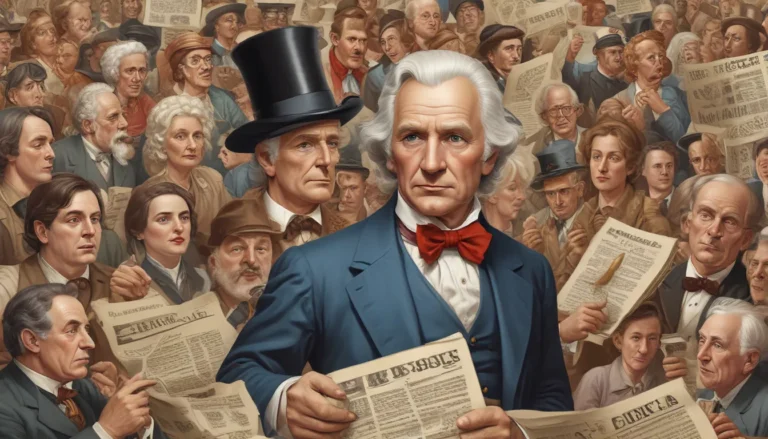The images in our articles may not match the content exactly. They are used to grab your attention, not to show the exact details in the text. The images complement the text but do not replace it.
Welcome to a journey through the tumultuous times of the Reign of Terror, an era that shook France to its core during the French Revolution. Imagine a time when fear and suspicion gripped a nation, leading to mass executions and intense political turmoil. Join us as we delve into the depths of history to uncover 20 fascinating facts about the Reign of Terror, shedding light on its causes, key figures, and lasting impact on France and the world.
Unraveling the Origins of the Reign of Terror
The Reign of Terror emerged from the radical phase of the French Revolution, characterized by extreme violence and political purges aimed at safeguarding the revolution from perceived enemies. Let’s explore how this turbulent period came to be:
- The Reign of Terror was ignited by the power vacuum left after the overthrow of the French monarchy, leading to a fierce struggle for control.
- Revolutionary leaders, including Maximilien Robespierre, advocated for the terror as a necessary measure to combat external and internal threats to the revolution.
Pivotal Figures of the Reign of Terror
Several key figures played essential roles in both perpetuating and opposing the Reign of Terror, shaping its trajectory and outcomes. Let’s delve into the lives and actions of these influential individuals:
- Maximilien Robespierre championed the terror as a path to virtue and democracy by eliminating the revolution’s enemies.
- Georges Danton initially supported the terror but later sought moderation, which ultimately led to his execution.
- Jean-Paul Marat, a radical journalist, called for violence against counter-revolutionaries and became a martyr for the cause after his assassination.
The Guillotine: Symbolizing the Reign of Terror
The guillotine, a device designed for humane executions, became the grim symbol of the Reign of Terror, embodying its ruthless justice system and the swift delivery of death sentences:
- Originally intended as a humane method of execution, the guillotine gained notoriety for its role in executing thousands, including King Louis XVI and Queen Marie Antoinette.
- Public executions by guillotine were aimed at instilling fear and showcasing the power of the revolutionaries, solidifying its status as a symbol of revolutionary justice.
Impacts on French Society and Politics
The Reign of Terror left an indelible mark on French society, politics, and culture, reshaping the nation’s future trajectory in profound ways:
- Over 40,000 individuals were executed during the terror, with many more imprisoned or living in constant fear of persecution.
- The political landscape underwent significant changes, leading to the rise of the Directory and eventually paving the way for Napoleon Bonaparte’s ascension to power.
- Social divisions created during the terror persisted for generations, influencing attitudes toward governance, justice, and human rights within French society.
The Fall of Robespierre: End of an Era
The Reign of Terror reached its peak under the leadership of Robespierre but eventually crumbled, leading to his downfall and the cessation of the intense political purges:
- Robespierre’s execution on July 28, 1794, marked the formal end of the Reign of Terror, ushering in a period of reduced political violence and executions.
- The Thermidorian Reaction, triggered by Robespierre’s demise, shifted governance towards moderation and paved the way for the French Directory’s establishment.
Enduring Legacy and Controversies
The Reign of Terror’s legacy is a complex tapestry of revolutionary fervor, political ideology, and the human capacity for both cruelty and resilience. Let’s explore the lasting impacts and debates surrounding this tumultuous period:
- Historians continue to debate the necessity and morality of the Reign of Terror’s methods, highlighting ongoing controversies surrounding its legacy.
- Educational curriculums worldwide teach the Reign of Terror as a critical chapter in the history of democracy and human rights, emphasizing its significance in shaping modern political and legal systems.
- Art and literature inspired by this era reflect the tumultuous emotions of a nation in crisis, contributing to France’s rich cultural heritage and influencing subsequent revolutions and movements globally.
Reflecting on the Reign of Terror: Lessons for Today
As we navigate the intricate details of the Reign of Terror, we uncover profound lessons about human resilience, the costs of revolution, and the importance of upholding freedoms and justice. Let’s heed the warnings from history and strive for a future where dialogue, respect, and peace prevail over fear and division.
Your Contribution to Truth and Knowledge
Each fact shared here is a valuable contribution from real users like you, ensuring a diverse range of insights and information. Our commitment to accuracy and authenticity is unwavering, with dedicated editors reviewing every submission to guarantee credibility. Trust in our dedication to delivering trustworthy and engaging content as you embark on a journey of exploration and learning with us.






